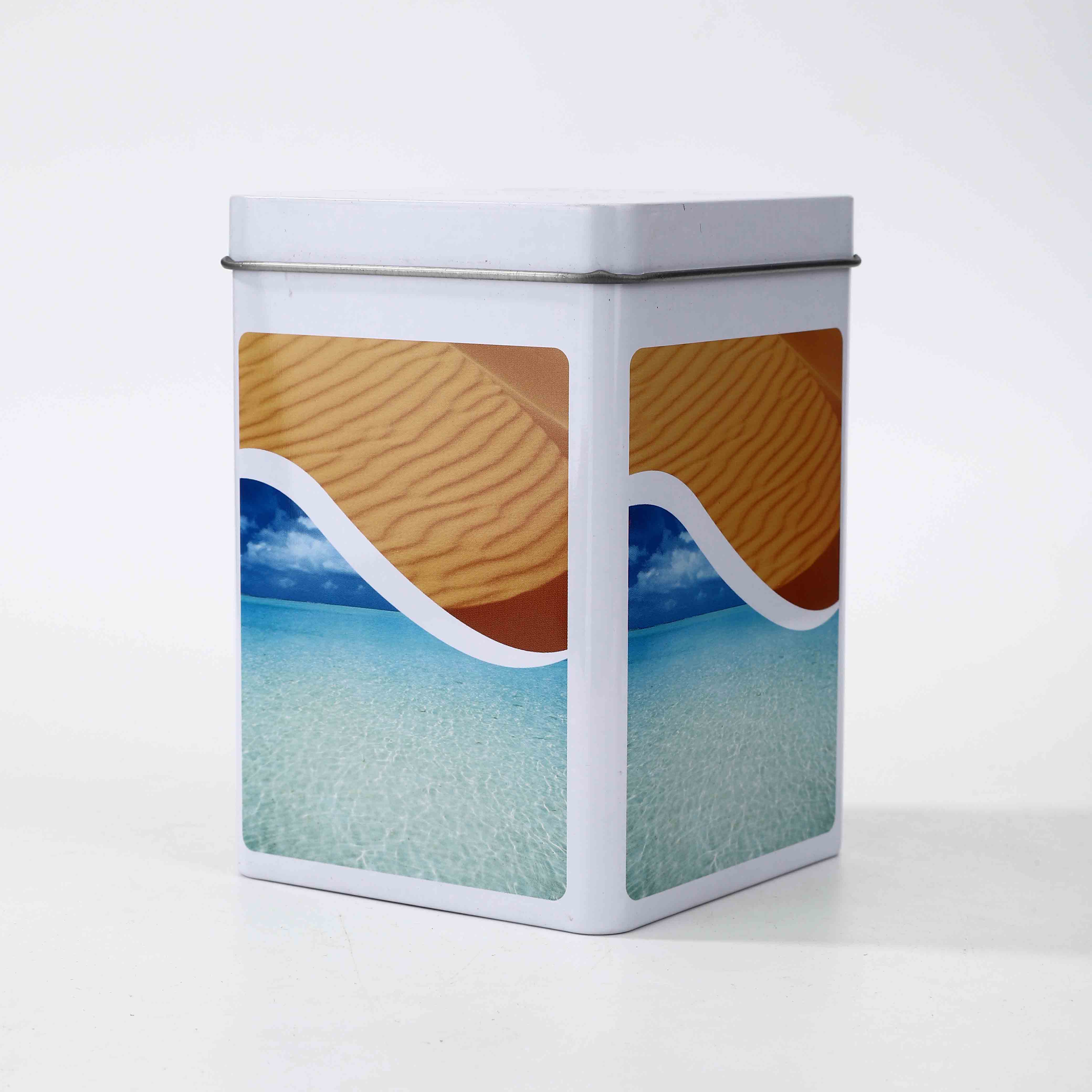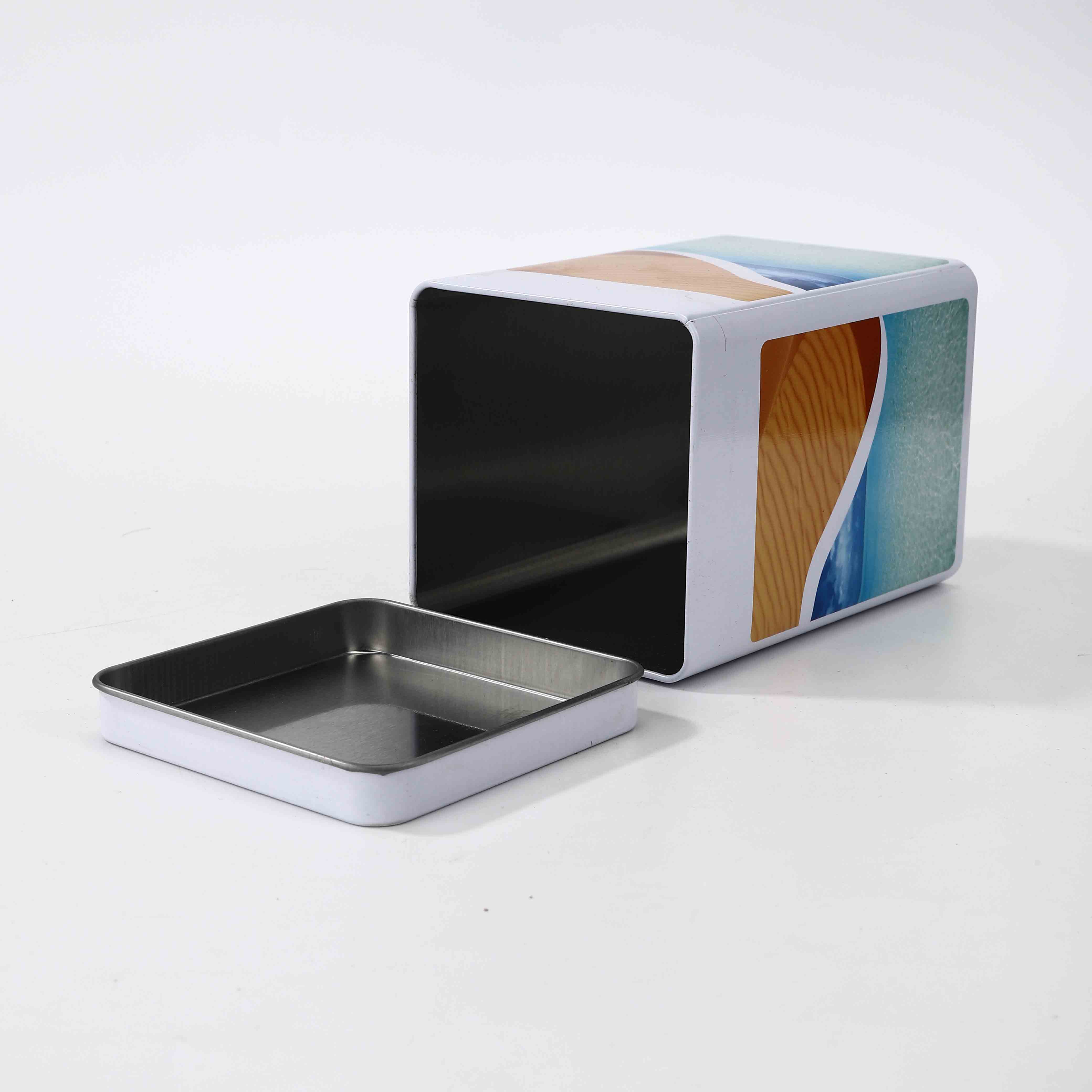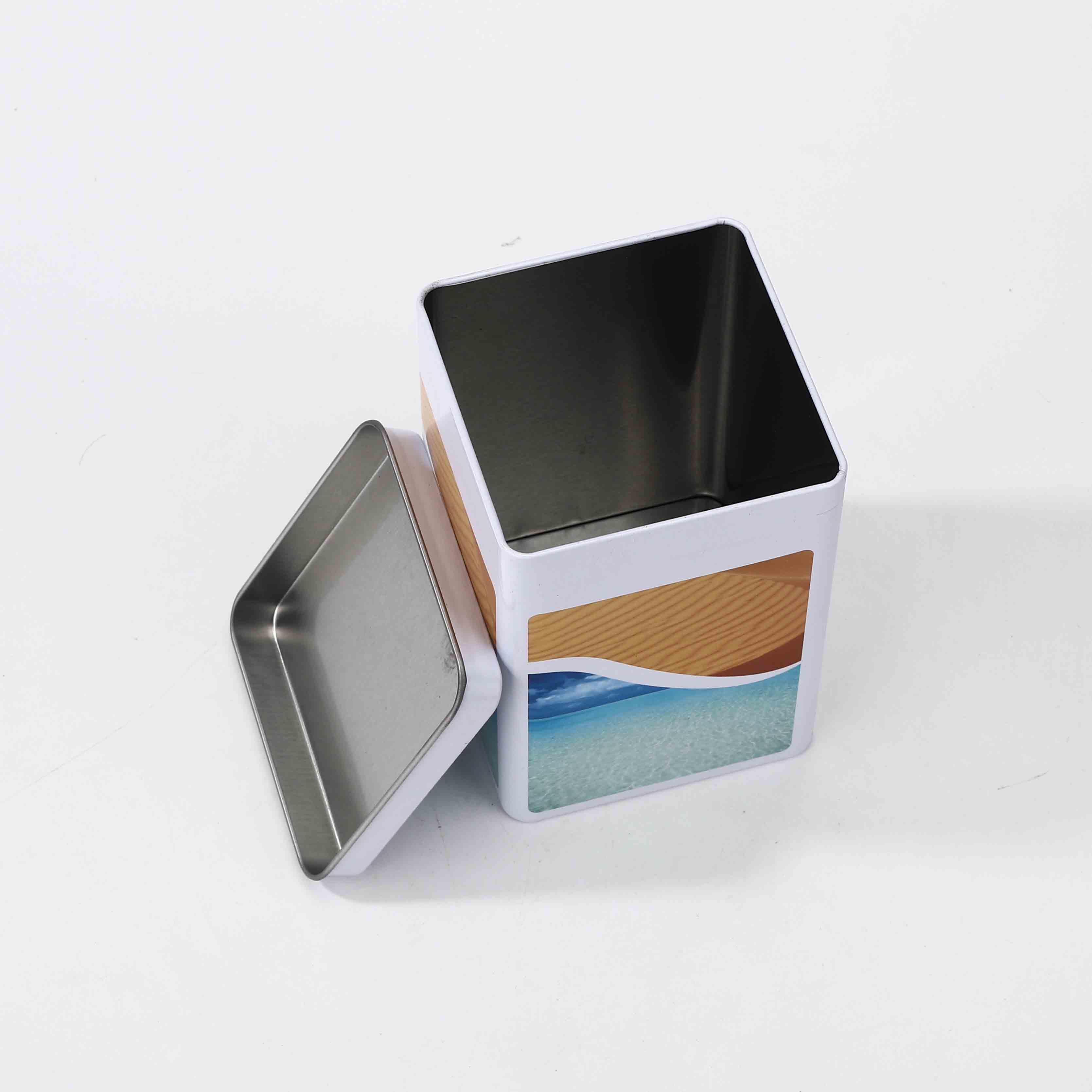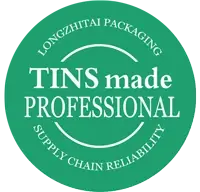अगस्ट . 26, 2025 01:20 Back to list
Large Metal Box Manufacturers | Custom & Durable Industrial Solutions
Industry Trends in Large Metal Box Manufacturing
The demand for robust and reliable industrial enclosures continues to escalate across various sectors, driven by advancements in automation, IoT integration, and stringent regulatory requirements. As critical components for protecting sensitive equipment, control systems, and hazardous materials, the market for large metal boxes is experiencing significant evolution. Key trends include the increasing adoption of advanced materials, the integration of smart features, and a stronger emphasis on sustainable manufacturing practices.
Modern industrial environments demand enclosures that offer not only physical protection but also enhanced thermal management, electromagnetic compatibility (EMC), and resistance to extreme environmental conditions. This has led to innovations in material science, with alloys offering superior strength-to-weight ratios and advanced coatings providing unparalleled corrosion resistance. Furthermore, the push towards Industry 4.0 necessitates enclosures that can seamlessly integrate sensors, communication modules, and power distribution units, often requiring sophisticated internal layouts and mounting options.
Sustainability is also emerging as a pivotal factor, influencing everything from material sourcing to end-of-life recycling. Leading large metal box manufacturers are exploring processes that minimize waste, reduce energy consumption, and utilize recyclable or recycled content, aligning with global environmental objectives and corporate social responsibility initiatives.
Detailed Manufacturing Process Flow for Large Metal Boxes
The production of large metal boxes is a sophisticated multi-stage process, demanding precision and adherence to strict quality protocols. A typical manufacturing journey for a high-quality industrial enclosure involves several critical steps, each contributing to the final product's integrity and performance.
1. Material Selection & Preparation
The choice of material is paramount, influenced by the application's demands for strength, corrosion resistance, and specific environmental factors. Common materials include carbon steel (for general industrial use), stainless steel (304, 316L for corrosive environments), and aluminum alloys (for lightweight and good thermal conductivity). Sheets are cut to precise dimensions using advanced CNC laser or plasma cutters, minimizing material waste and ensuring accuracy.
2. Forming & Bending
Utilizing high-tonnage CNC press brakes, flat metal sheets are precisely bent into the required profiles, forming the enclosure's body, doors, and internal structures. This process is critical for achieving tight tolerances and ensuring structural rigidity. Deep drawing techniques may be employed for complex, seamless forms that require superior ingress protection.
3. Welding & Fabrication
Individual formed components are joined through various welding techniques such as MIG (Metal Inert Gas), TIG (Tungsten Inert Gas), or spot welding. Robotic welding systems are often used to ensure consistent, high-quality welds, which are crucial for the enclosure's structural integrity and sealing effectiveness. This stage also includes adding internal mounting studs, brackets, and cutouts for components.
4. CNC Machining & Finishing
Post-welding, precision CNC machining (milling, drilling, tapping) is performed to create openings for cable glands, conduit entries, ventilation systems, and specialized component mounting. This ensures exact fitment of third-party components. Surfaces are then prepared through grinding, deburring, and cleaning to ensure optimal adhesion for subsequent surface treatments.
5. Surface Treatment & Coating
To enhance durability, corrosion resistance, and aesthetics, enclosures undergo various surface treatments. Common options include powder coating (polyester or epoxy for diverse colors and robust finish), galvanizing (for superior corrosion protection on steel), or anodizing (for aluminum). These treatments comply with standards like ISO 12944 for corrosion protection.
6. Assembly & Final QA
Hardware such as hinges, latches, gaskets, and internal mounting plates are assembled. Comprehensive quality control checks are performed throughout the process, but a final inspection verifies dimensional accuracy, weld integrity, coating thickness, ingress protection (IP) ratings (e.g., to IEC 60529), and overall finish. Testing standards often include ISO 9001 for quality management and relevant ASTM or ANSI standards for material properties and performance. Expected service life can exceed 20 years with proper maintenance, depending on environmental conditions.

Technical Specifications of Industrial Metal Enclosures
Understanding the detailed technical specifications is crucial for selecting the appropriate large metal box product for any demanding industrial application. These parameters ensure the enclosure meets the functional, environmental, and safety requirements of the operational context.
Typical Product Specification Table
| Parameter | Specification Range | Notes |
|---|---|---|
| Material Options | Carbon Steel (e.g., CRCA, HRCA), Stainless Steel (304, 316L), Aluminum Alloys (5052, 6061) | Selected based on corrosion, strength, and weight requirements. |
| Thickness Range | 1.2 mm to 6.0 mm (0.047" to 0.236") | Dependent on size, structural load, and impact resistance needs. |
| Standard Dimensions (H x W x D) | From 400x300x200mm up to 2200x1200x800mm (customizable) | Modular designs often allow for expandable systems. |
| Ingress Protection (IP) Rating | IP55, IP65, IP66, IP67 (IEC 60529) | Protection against dust and water ingress. |
| NEMA Rating | Type 1, 3R, 4, 4X, 12 (NEMA 250) | Equivalent protection standards, particularly for North American markets. |
| Surface Finish Options | Powder Coated (RAL colors), Galvanized, Anodized, Brushed, Polished | Influences aesthetics, corrosion resistance, and electrical conductivity. |
| Temperature Range | -40°C to +80°C (-40°F to +176°F) | Operating range; thermal management solutions for active cooling/heating. |
| Certifications | ISO 9001, CE, UL, RoHS, ATEX (for hazardous locations) | Ensures compliance with international quality and safety standards. |

Application Scenarios Across Key Industries
The versatility and robustness of large metal boxes make them indispensable across a broad spectrum of industries, providing critical protection and organization for vital infrastructure.
- Petrochemical Industry: Enclosures for control systems, junction boxes, and instrument protection in hazardous and corrosive environments (e.g., ATEX-certified boxes for explosion protection). Advantages include superior corrosion resistance (using 316L stainless steel) and robust sealing, ensuring operational safety and longevity.
- Metallurgy & Mining: Heavy-duty enclosures for power distribution units, motor control centers (MCCs), and automation panels, designed to withstand high temperatures, abrasive dust, and heavy impacts. Their structural integrity ensures continuous operation in harsh conditions.
- Water Supply & Drainage: Weatherproof and corrosion-resistant enclosures for pump control panels, valve automation, and monitoring equipment located outdoors or in damp environments. IP66/NEMA 4X ratings are common here, emphasizing corrosion resistance and watertight integrity.
- Energy Sector (Renewable & Conventional): Housings for inverters, battery storage systems, switchgear, and control components in solar farms, wind turbines, and power substations. Thermal management features are crucial for energy efficiency and system reliability, preventing overheating and extending component life, contributing to energy saving.
- Data Centers & IT Infrastructure: Secure server racks, network cabinets, and environmental control units designed for optimal airflow and cable management. EMC shielded enclosures protect sensitive electronics from electromagnetic interference.
- Automotive Manufacturing: Custom enclosures for robotic control units, PLC panels, and testing equipment on production lines, requiring high durability and resistance to industrial lubricants and coolants.
Technical Advantages and Performance Metrics
The strategic advantages offered by professionally engineered large metal boxes are critical for operational efficiency, safety, and longevity of industrial systems.
- Superior Durability & Structural Integrity: Constructed from heavy-gauge metals and reinforced designs, these boxes offer exceptional resistance to physical impact, vibration, and heavy loads, critical for protecting expensive internal components.
- Advanced Environmental Protection: High IP and NEMA ratings guarantee protection against dust, water, oil, and other contaminants. Specialized gaskets (e.g., poured-in-place polyurethane) ensure a tight seal, crucial for maintaining internal conditions.
- Corrosion Resistance: Utilizing materials like stainless steel (316L) or galvannealed steel with robust powder coatings provides long-term protection against chemical exposure, salt spray, and extreme weather, significantly extending the service life of equipment.
- Electromagnetic Compatibility (EMC) Shielding: Metal enclosures inherently provide a degree of EMI/RFI shielding, with specialized designs incorporating conductive gaskets and grounding solutions to meet stringent EMC directives (e.g., EN 61000) for sensitive electronics.
- Thermal Management Capabilities: Integrated features such as ventilation louvers, fans, heat exchangers, and air conditioning units allow for precise temperature control within the enclosure, preventing overheating of sensitive electronics and ensuring optimal operating conditions, thereby enhancing energy saving.
- Security & Access Control: Robust locking mechanisms, tamper-proof designs, and options for multi-point latching systems provide enhanced security against unauthorized access, theft, and vandalism.
- Compliance with Safety Standards: Adherence to international and regional standards like UL, CE, ATEX, and IEC ensures that the enclosures meet critical safety requirements for various applications, including hazardous locations.

Vendor Comparison: Selecting the Right Large Metal Box Supplier
Choosing the right large metal box supplier is a critical decision that impacts project timelines, product quality, and long-term reliability. A comparative analysis based on key criteria is essential.
Comparative Analysis of Leading Large Metal Box Factories
| Criterion | Vendor A (Specialist) | Vendor B (Generalist) | Vendor C (Budget-focused) |
|---|---|---|---|
| Customization Capability | High (Full design flexibility, rapid prototyping) | Moderate (Standard modifications, limited bespoke) | Low (Off-the-shelf, minimal changes) |
| Material Expertise | Extensive (All grades of SS, specialized alloys, coatings) | Good (Common SS, carbon steel) | Limited (Mostly standard carbon steel) |
| Certifications & Standards | ISO 9001, UL, CE, ATEX, NEMA 4X, IP67 | ISO 9001, CE, IP65 | Basic CE, IP54 |
| Lead Time (Typical) | 4-8 weeks (custom), 1-2 weeks (standard) | 6-10 weeks (custom), 2-4 weeks (standard) | 8-14 weeks (custom), 3-5 weeks (standard) |
| After-Sales Support | Comprehensive (Dedicated support, on-site service) | Standard (Phone/email support) | Basic (Limited channels) |
| Pricing Model (large metal box pricelist) | Premium (Reflects quality & customization) | Mid-range (Good value for standard solutions) | Competitive (Cost-driven, less emphasis on features) |
When evaluating large metal box manufacturers, consider not just the initial large metal box quotes but also the total cost of ownership, including reliability, longevity, and support. A specialized large metal box factory with robust quality control and certifications will often provide better long-term value, even if the upfront cost is higher.
Customized Solutions for Specific Needs
Standard large metal box products often fall short of meeting the precise requirements of highly specialized industrial applications. Leading large metal box companies excel in providing bespoke solutions, transforming client specifications into high-performance enclosures.
Elements of Customization:
- Dimensions & Form Factor: Tailored height, width, and depth to precisely fit equipment and available space, often with modular or multi-door configurations.
- Material & Finish Selection: Beyond standard options, custom materials (e.g., specific alloy grades, magnetic shielding alloys) and specialized finishes (e.g., antimicrobial coatings, specific color matching) can be accommodated.
- Internal Layout & Mounting: Custom back panels, mounting plates, DIN rail configurations, and bespoke shelving systems designed for optimal component placement and cable management.
- Cutouts & Penetrations: Precision laser-cut or CNC-machined openings for specific HMI displays, control buttons, cable glands, cooling systems, and specialized connectors, ensuring exact fit and sealing.
- Thermal Management Integration: Custom solutions for active cooling (fans, AC units, heat exchangers) or passive ventilation, optimized for the enclosure's internal heat load and external environment.
- Access & Security Features: Specific hinge types, multi-point locking systems, advanced keying, or integration with electronic access control systems.
- Environmental Hardening: Enhanced ingress protection, seismic bracing, vibration dampening, and specialized coatings for extreme conditions (e.g., offshore platforms, desert environments).
Engaging with a responsive large metal box service provider from the design phase ensures that all critical requirements are integrated, resulting in a product that perfectly aligns with operational demands. This collaborative approach minimizes risks and optimizes performance.
Application Case Studies
Real-world applications demonstrate the impact of well-designed and manufactured large metal boxes.
Case Study 1: Hazardous Area Control Panel for an Oil Refinery
A major oil refinery required an explosion-proof control panel enclosure for a critical processing unit in a Zone 1 hazardous area. The existing solution faced severe corrosion issues due to high sulfur content in the atmosphere.
- Solution: A custom large metal box product (1800x1000x500mm) fabricated from 316L stainless steel, featuring ATEX and IECEx certifications for explosion protection, an IP66 rating for dust and water ingress, and a specialized marine-grade powder coating for enhanced chemical resistance. Integrated passive heat exchangers were included for thermal management.
- Outcome: The new enclosure provided an unparalleled level of safety and reliability, extending the expected service life of the control system by over 15 years, significantly reducing maintenance costs and ensuring compliance with stringent industry regulations. Operational uptime improved by 20%.
Case Study 2: Outdoor Inverter Enclosure for a Solar Farm
A large-scale solar farm in a desert environment needed durable enclosures for its central inverters, capable of withstanding extreme temperatures, UV radiation, and sandstorms, while maintaining efficient cooling.
- Solution: Custom-designed aluminum enclosures (2000x1200x700mm) with an IP65 rating, featuring double-walled construction for insulation, integrated active cooling units (AC units), and specialized UV-resistant powder coating. The design also included secure cable entry points and anti-theft locking mechanisms.
- Outcome: The enclosures successfully maintained optimal operating temperatures for the inverters, even during peak desert heat (up to 50°C), preventing thermal shutdowns and ensuring maximum energy output. The robust construction minimized damage from environmental factors, resulting in significant energy saving and a 10% increase in overall system efficiency compared to previous solutions.

Frequently Asked Questions (FAQ)
Q1: What are the typical lead times for custom large metal boxes?
A1: Lead times for custom large metal boxes generally range from 8 to 14 weeks, depending on the complexity of the design, material availability, and current production load. Standard or modified standard products can often be delivered within 2 to 6 weeks. Expedited options may be available for urgent requirements, subject to an additional fee and material readiness.
Q2: What kind of warranty do you offer on your large metal box products?
A2: We offer a comprehensive warranty ranging from 1 to 5 years on our large metal box products, covering defects in materials and workmanship under normal operating conditions. Specific warranty terms vary by product line and application; please consult your product documentation or contact our sales team for detailed information.
Q3: How do you ensure product quality and compliance with industry standards?
A3: Our manufacturing processes adhere to strict ISO 9001 quality management systems. All large metal boxes undergo rigorous testing, including dimensional checks, weld integrity inspections, coating thickness verification, and ingress protection (IP) testing. We certify our products to relevant international standards such as UL, CE, NEMA, and ATEX as required by the application. Our commitment to quality ensures reliable and compliant large metal box products.
Q4: What kind of customer support and after-sales service do you provide?
A4: We provide extensive customer support including technical assistance during the design and selection phases, installation guidance, and troubleshooting. Our dedicated after-sales team is available via phone, email, and online portal for any inquiries or support needs. We also offer maintenance recommendations and spare parts availability to ensure the long-term performance of our enclosures. This comprehensive large metal box service ensures customer satisfaction.
Lead Time & Fulfillment
Our streamlined production process allows for efficient fulfillment of orders. For standard large metal box products, lead times typically range from 2 to 4 weeks. Custom-engineered solutions, depending on their complexity and specific material requirements, generally require 8 to 14 weeks from final design approval to shipment. We work closely with our clients to manage project schedules and offer transparent updates throughout the manufacturing process. Expedited options are available for critical projects, assessed on a case-by-case basis.
Warranty Commitments
We stand behind the quality and durability of our large metal boxes. All products are backed by a robust warranty against manufacturing defects and material failures. Our standard warranty period is 2 years, with extended warranty options available up to 5 years for specific product lines or projects, reflecting our confidence in the longevity and performance of our solutions. Details regarding specific warranty terms, conditions, and claim procedures are provided with each purchase and are readily available upon request.
Customer Support Information
Our commitment to our clients extends beyond delivery. Our expert customer support team is available to assist with technical queries, product selection, order status, and after-sales support.
- Technical Support: Access to engineers for design consultation, application-specific guidance, and troubleshooting.
- Sales & Order Inquiries: Dedicated account managers to assist with large metal box quotes, orders, and product information.
- After-Sales Service: Support for warranty claims, spare parts, and maintenance advice.
Please visit our website or contact us directly via phone or email for prompt assistance. Our goal is to ensure seamless integration and long-term satisfaction with our large metal box solutions.
References
- ISO 9001:2015 - Quality management systems - Requirements. International Organization for Standardization.
- IEC 60529: Degrees of protection provided by enclosures (IP Code). International Electrotechnical Commission.
- NEMA 250 - Enclosures for Electrical Equipment (1000 Volts Maximum). National Electrical Manufacturers Association.
- ATEX Directive 2014/34/EU - Equipment and protective systems intended for use in potentially explosive atmospheres. European Parliament and Council.
- ASTM International Standards for Metal Properties and Testing. ASTM International.
This is the last article
-
Large Metal Box Manufacturers | Custom & Durable Industrial Solutions
NewsAug.26,2025
-
Large Metal Box Manufacturers | Custom, Durable Solutions
NewsAug.25,2025
-
Large Metal Box Manufacturers: Custom, Durable Industrial Solutions
NewsAug.24,2025
-
Large Metal Box Manufacturers | Custom, Durable & Reliable
NewsAug.23,2025
-
Custom Large Metal Box Manufacturers & Suppliers | Durable Solutions
NewsAug.22,2025
-
Top Steel Pail with Lid Manufacturers - Durable & Secure
NewsAug.19,2025




















